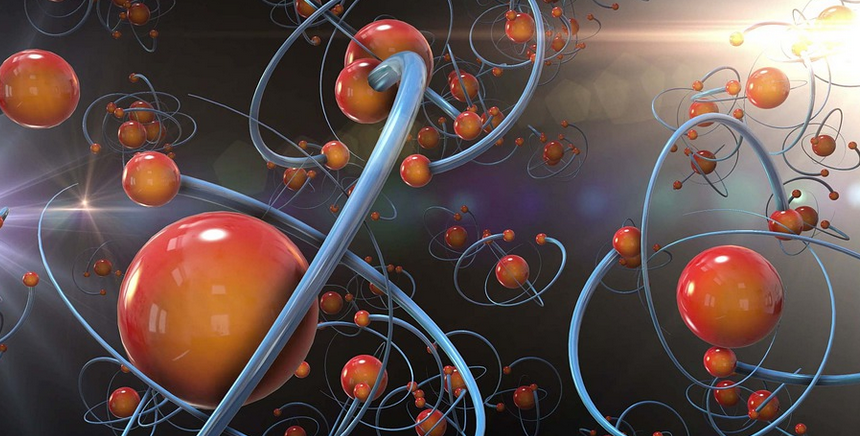Introduction
Agar is a type of polysaccharide that is derived from red seaweed. It is commonly used in microbiology as a culture medium, as well as in the food industry as a gelling agent. The chemical composition of agar is quite complex, and understanding it is essential for anyone who works with this substance.
What is Agar Made of?
Agar is composed of two main types of polysaccharides: agarose and agaropectin. Agarose makes up the majority of the agar, and it is responsible for its gelling properties. Agaropectin, on the other hand, is a more complex polysaccharide that is responsible for the viscosity of agar solutions.
Chemical Structure of Agarose
Agarose is a linear polymer that is composed of repeating units of agarobiose. Agarobiose is a disaccharide that is made up of D-galactose and 3,6-anhydro-L-galactose. The repeating units of agarobiose are linked together by glycosidic bonds, which give agarose its rigid, linear structure.
Chemical Structure of Agaropectin
Agaropectin is a more complex polysaccharide that is composed of repeating units of disaccharides. These disaccharides are made up of D-galactose and either L-galactose or 3,6-anhydro-L-galactose. The repeating units of these disaccharides are linked together by glycosidic bonds, which give agaropectin its branched structure.
Other Components of Agar
In addition to agarose and agaropectin, agar also contains a number of other components. These include sulfated polysaccharides, proteins, and minerals. These components can affect the properties of agar and its behavior in different applications.
Properties of Agar
The chemical composition of agar is responsible for its unique properties. Agar has the ability to form gels at low concentrations, and these gels are thermoreversible, meaning they can be melted and re-gelled multiple times. Agar also has a high melting point and is resistant to microbial degradation.
Applications of Agar
Agar is used in a variety of applications, including microbiology, food industry, and pharmaceuticals. In microbiology, agar is used as a culture medium for growing bacteria and other microorganisms. In the food industry, agar is used as a gelling agent in desserts, candies, and other products. In pharmaceuticals, agar is used as a binder in tablets and capsules.
Conclusion
In conclusion, understanding the chemical composition of agar is essential for anyone who works with this substance. Agar is composed of two main types of polysaccharides, agarose and agaropectin, as well as other components such as sulfated polysaccharides, proteins, and minerals. The unique properties of agar make it useful in a variety of applications, including microbiology, food industry, and pharmaceuticals.

